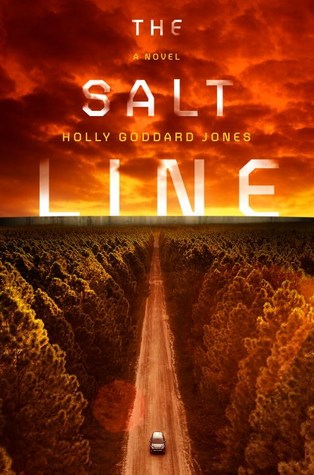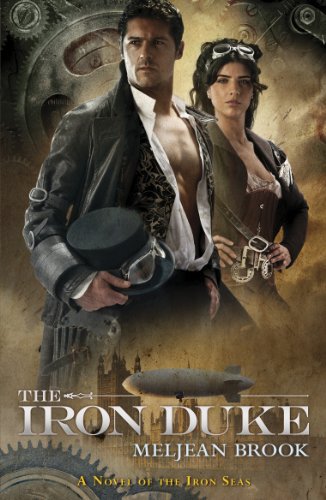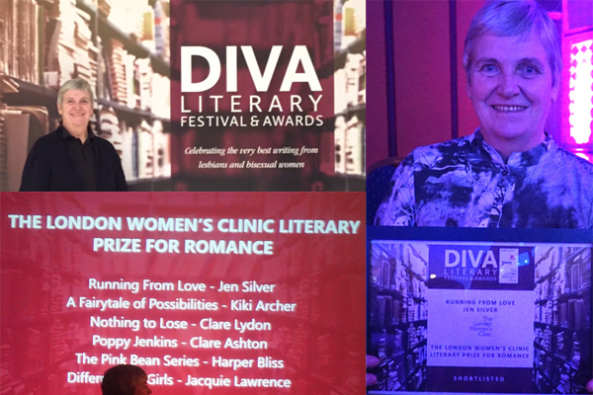I am making forward progress on my 2017 reading challenge! I came across Caleb Carr’s The Alienist through Book of the Month Club, and it caught my interest immediately with its premise as a grisly murder mystery set in New York’s Gilded Age. When I realized it also fulfilled one of the open slots in my reading challenge that I’d been having trouble finding a book for, I knew I had to read it.
 About the book: New York Times reporter John Moore is pulled into an unprecedented murder investigation by his college friends Dr. Kreizler, an early American psychologist (or “alienist”), and Theodore Roosevelt, president of New York City’s board of police commissioners. The year is 1896, and society shares a distrustful view of behavioral science, at best. The idea of hunting a serial murderer who blends in with the masses and chooses his victims randomly in a city as large as New York seems such an impossible task that Kreizler and Moore are forced to undertake it secretly, as even such authorities as the police commissioners and city mayor argue that there is no use in even attempting such unconventional methods. But the killer is in the midst of a crisis, both escalating his crimes and daring Kreizler to catch him, and Moore cannot in good conscience let the murderer roam free. So begins a race to save undervalued lives, in which the hunters also become the hunted, and nothing is certain or safe.
About the book: New York Times reporter John Moore is pulled into an unprecedented murder investigation by his college friends Dr. Kreizler, an early American psychologist (or “alienist”), and Theodore Roosevelt, president of New York City’s board of police commissioners. The year is 1896, and society shares a distrustful view of behavioral science, at best. The idea of hunting a serial murderer who blends in with the masses and chooses his victims randomly in a city as large as New York seems such an impossible task that Kreizler and Moore are forced to undertake it secretly, as even such authorities as the police commissioners and city mayor argue that there is no use in even attempting such unconventional methods. But the killer is in the midst of a crisis, both escalating his crimes and daring Kreizler to catch him, and Moore cannot in good conscience let the murderer roam free. So begins a race to save undervalued lives, in which the hunters also become the hunted, and nothing is certain or safe.
“There are moments in life when one feels as though one’s walked into the wrong theater during the middle of a performance.”
The murder mystery portion of this book is full of details to commend it. First there are the characters: the investigative team is made up of different races, religions, and genders. One of Kreizler’s assistants is still a child himself, which helps balance the fact that the murderer’s victims are also children. All of Dr. Kriezler’s assistants are criminals; they’ve been pronounced sane, but their pasts are dark and tragic. The murders themselves are gory and sensational, with just the sort of gruesome nature one expects from a horrifying thriller. The action scenes are fast-paced and tense, the psychology is contemplative and impressive. And the victims are young immigrant boys working as prostitutes who dress as women– a category of citizen either spat upon, taken advantage of, or overlooked entirely by most of New York. Moore and Kreizler’s investigative team advocates fiercely for these boys’ right to a proper investigation; they are among the few who are outraged by their treatment and attempting to right the situation, rather than claiming, as many of their fellow citizens do, that the boys “had it coming” or that the city is “well rid of them.” It’s a surprisingly diverse and inclusive book with positive morals for the time period it presents. For all these reasons, I enjoyed The Alienist, and would recommend it to anyone looking for literature focused on the Gilded Age.
“Kreizler emphasized that no good would come of conceiving of this person as a monster, because he was most assuredly a man (or a woman); and that man or woman had once been a child. First and foremost, we must get to know that child, and to know his parents, his siblings, his complete world. It was pointless to talk about evil and barbarity and madness; none of these concepts would lead us any closer to him. But if we could capture the human child in our imaginations–then we could capture the man in fact.”
But there were also several reasons I enjoyed it less than I should have, based on its intriguing premise and well-crafted mystery.
The first is that this book seems to struggle with deciding whether it wants to be a fictional mystery, or a nonfictional account of the seediness of New York in 1896. The combination shouldn’t have been a problem, but I found that while I was wondering about who the killer of child prostitutes could be, it was rather annoying to be interrupted with very long informational paragraphs about the history of fingerprinting as admissible evidence in court. The narrator of the book does announce that he’s writing this story from a future time (for no apparent purpose other than to share plenty of these historical details once their significance has become apparent), but the writing so routinely skews toward assuming its readers know nothing of life in the 1890’s, and then explaining in depth aspects that fiction readers often need much less prompting to believe. I could have done simply with a one-sentence reminder that police do not practice fingerprinting as a regular means of criminal identification in 1896, and enjoyed the story more. I know this is a subjective aspect to criticize– some readers must appreciate a real history lesson wrapped up in their high-stakes murder stories. Usually I would count myself among those ranks, but I found the educational nature of this book excessive; it was difficult even to feel that the story was truly set in the Gilded Age, with the narrator providing so much more detail about the time period than people generally feel the need to do about their own setting. The Gilded Age felt like a fictional backdrop Moore was exploring rather than the world that The Alienist‘s characters lived and breathed.
Additionally, there’s the matter of Moore himself. He’s a very passive part of the mystery. His area of expertise is the criminal realm of New York (on which he has spent much of his career reporting), but from the very beginning of The Alienist he knows his paper wouldn’t publish anything about the sort of story he’s investigating with Kreizler– which leaves me to wonder how well his “criminal knowledge” and the murder case actually overlap. As the book unfolds, it seems the answer is: not much. He contributes to the group discussions, and does his share of the leg work in the investigation, but essentially he could be anyone. He’s just a warm body, with a specialty much less significant to the hunt than the others. This could have been a much different story from one of the other perspectives, which leaves me to wonder… why Moore?
And the final hangup, for me, was the cringe-worthy “Aw, shucks” nature of the narration. The characters seem excessively fictionalized because of their cutesy dialogue and gestures. In the midst of a serious and gruesome crime spree interspersed with heavier philosophical dialogue and mortally dangerous situations, we find lines like this:
” ‘Well, Sara wasn’t the only one trying to be professional!’ I protested, stamping a foot.”
This is a Harvard alum speaking, a reputable New York Times reporter pulled in on a special murder investigation. He’s gone off topic to gossip about a misperceived romance, speaking with another grown man, emphasizing his failure to behave professionally and trying to further his point by stamping a foot. The novel is peppered with other such corny nonsense and cliches, most notably, as happens immediately after this line, when Moore is demanding to be filled in on some detail he feels excluded from moments before the realization he should’ve had early hits him “like a brick wall.”
But now that I’ve highlighted my complaints, let me send you back to my first paragraph of review that’s full of the things I loved about this book, because those were the reasons I persisted in reading all 500 pages. I remained interested to the very last paragraph in discovering not only who the murderer would turn out to be, but why he had become such a notorious killer. As that seemed to be the purpose of the book, I must say it was a successful novel for me, even though I had much difficulty with the style of its narration. There are some valuable lessons in here, if you’re willing to look for them.
“Every human being must find his own way to cope with such severe loss, and the only job of a true friend is to facilitate whatever method he chooses.”
My reaction: 3 out of 5 stars. The Alienist is the first book in a historical fiction/mystery duology. It reads fine as a standalone, and I think the second book follows the same characters (from a new perspective) on an entirely different case. But from the synopsis and the reviews I’ve skimmed, I’m afraid the same things I found issue with in this one persist; although I’m glad I read The Alienist, I won’t be continuing on to read its sequel, The Angel of Darkness.
Further recommendations:
What’s next: I’m currently flying through Emma Donoghue’s The Wonder. I’m hoping to stay on track to finish my reading challenge before the end of the year, and The Wonder is my next step in doing that. It’s set in an Irish village and focuses on a girl who can apparently live without food– a miracle? The situation is further complicated when a nurse who’s traveled to see the girl finds herself racing to save the child’s life.
Sincerely,
The Literary Elephant
Advertisements Share this:




